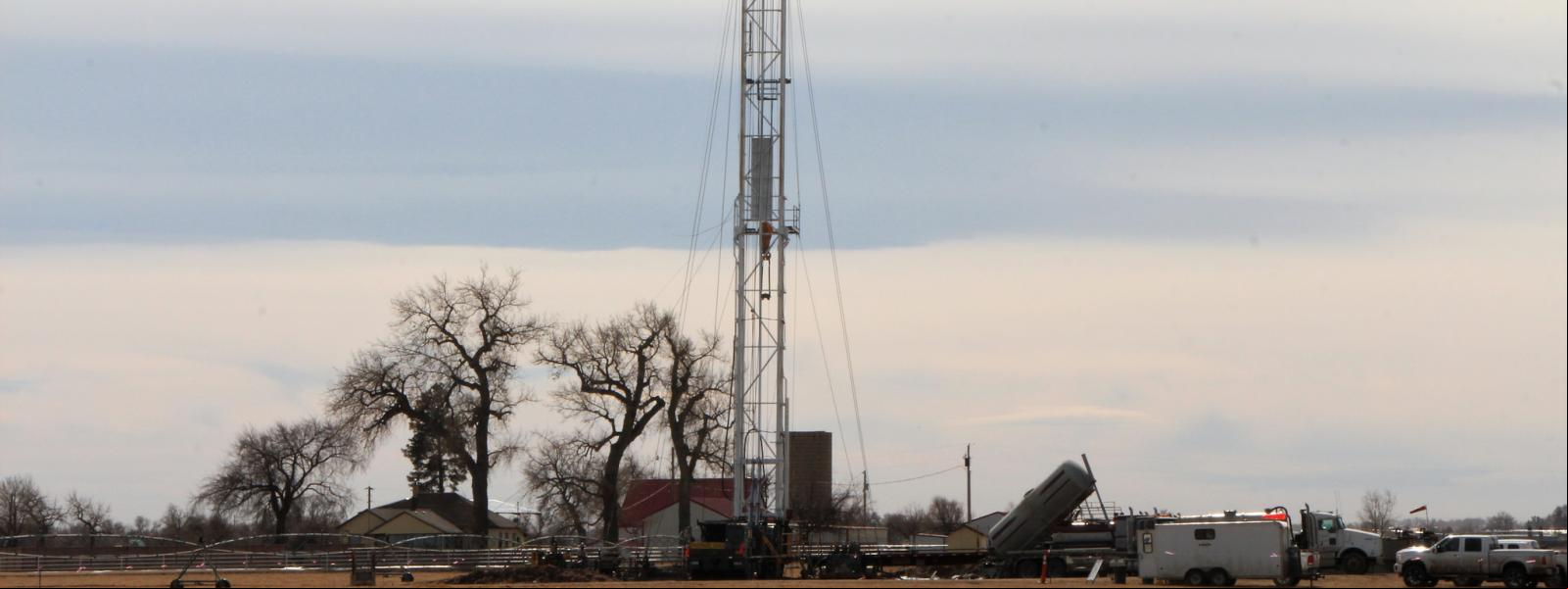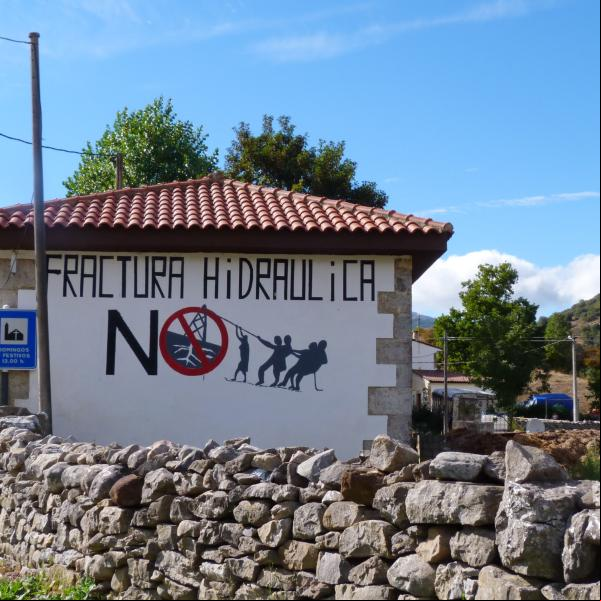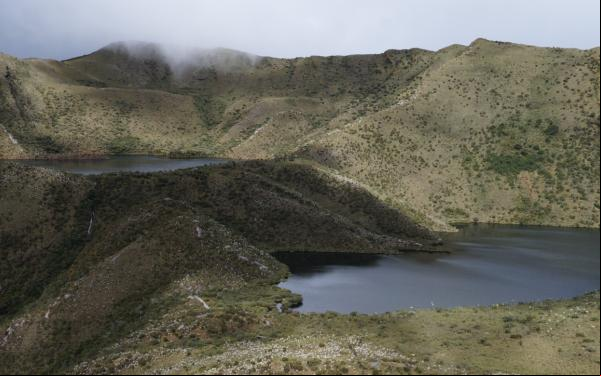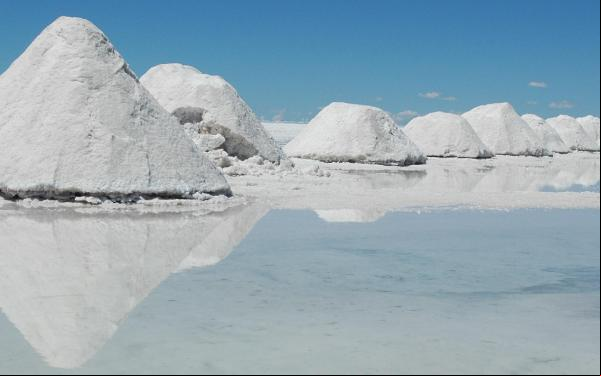
Project
Foto: Andrés ÁngelStopping the spread of fracking in Latin America
“Fracking” is short for hydraulic fracturing, a process used to extract oil and natural gas from historically inaccessible reservoirs.
Fracking is already widespread in the global North, but in Latin America, it is just beginning. Governments are opening their doors to fracking without understanding its impacts and risks, and without consulting affected communities. Many communities are organizing to prevent or stop the impacts of fracking, which affect their fundamental human rights. But in many cases they require legal and technical .
What exactly is fracking, and what are its impacts?
A straight hole is drilled deep into the earth. Then the drill curves and bores horizontally, making an L-shaped hole. Fracking fluid—a mixture of water, chemicals, and sand—is pumped into the hole at high pressure, fracturing layers of shale rock above and below the hole. Gas or oil trapped in the rock rises to the surface along with the fracking fluid.
The chemical soup—now also contaminated with heavy metals and even radioactive elements from underground—is frequently dumped into unlined ponds. It may seep into aquifers and overflow into streams, poisoning water sources for people, agriculture, and livestock. Gas may also seep from fractured rock or from the well into aquifers; as a result, water flowing from household taps can be lit on fire. Other documented harms include exhausted freshwater supplies (for all that fracking fluid), air pollution from drill and pump rigs, large methane emissions that aggravate global warming, earthquakes, and health harms including cancer and birth defects.
AIDA’s report on fracking (available in Spanish) analyzes the viability of applying the precautionary principle as an institutional tool to prevent, avoid or stop hydraulic fracturing operations in Latin America.
Partners:

Related projects

Forest fires: How can we help prevent them?
The recent huge fire in the Valparaíso region of Chile has been described as the country's biggest disaster since the 2010 earthquake. But this year, as in previous years, forest fires and their deadly consequences are not an isolated phenomenon in Latin America. In Colombia, the fires forced the government to declare a national disaster and prompted civil society to call for comprehensive protection of Colombia's forests and páramos. Fire also reached part of Argentina's Patagonia region. Ninety percent of forest fires are caused by humans, particularly through activities such as logging and slash-and-burn agriculture. The climate crisis is contributing to their greater intensity and frequency, increasing the risks to forests, species and communities. In addition, wildfires affect air quality and thus human health If this situation is the result of our actions, it is also in our hands to prevent it. What can we do to prevent fires? Here are some actions that different actors in society can take to contribute to this important task. What can governments do? Design and implement laws to ensure forest security and ensure compliance with existing laws. Develop education campaigns to raise public awareness of the importance of forests and how to care for them. Strengthen fire prevention and suppression infrastructure, including spray planes, containment barriers, and technology to constantly monitor the health of forests. What can businesses do? Reduce emissions of gases that heat the atmosphere and increase the risk of wildfires by switching to cleaner energy sources. If flammable waste is generated, implement policies to dispose of it responsibly. Train their work teams to respond to these types of disasters. Promote best practices that help protect the environment. What can citizens do? Organize garbage collection groups and avoid making campfires and/or practicing livestock and agricultural activities in the forest. Obtain and disseminate quality information about the importance of these ecosystems for life on the planet. Follow safety instructions, such as wearing masks and/or evacuating smoke-contaminated areas. Be vigilant and make sure we know how to report fires and what action plans are in place to protect our nearby forests. It is essential that governments, businesses and citizens work as a team to protect forests and promote a culture that cares for the environment and all life.
Read more
Lithium unveiled: Origins, extraction and environmental implications
One of the paradoxes of the energy transition is that it replaces the use of fossil fuels with mineral resources whose extraction and refining can have negative impacts on ecosystems, species and communities. This is happening with lithium, a mineral that has traditionally been used in glass and ceramics to provide greater adhesion and hardness, but is now being used primarily to make the batteries required by technologies that eliminate or reduce the use of fossil fuels. This has led to an increase in its demand. The serious social and environmental impacts of its extraction have been hidden or minimized. What makes lithium special? Lithium is a mineral in high demand due to its unique properties: It is the lightest metal with the highest electrochemical potential. It has a high energy storage capacity. It is malleable, so it can be adapted to different sizes, shapes and designs. These qualities make it a key material in the manufacture of batteries for cell phones, computers and, most importantly, electric vehicles. Lithium is considered key to the energy transition because it can be used to store non-conventional renewable energy, such as wind and photovoltaic power. Where it is: The so-called "lithium triangle"? The primary sources of lithium are salt flats, which are wetlands covered with a saline crust that contain brines, bodies of water in which many salts and elements, including lithium, are dissolved. Salt flats are attractive to the mining industry because of the relative technical ease of exploitation, low operating costs and low energy requirements to extract lithium from them compared to other sources. Worldwide, the salt flats of Argentina, Bolivia and Chile for 54 percent of lithium resources (potentially mineable material). In addition, Argentina and Chile hold 46 percent of the world's lithium reserves (the portion of known resources with a high level of confidence and proven economic viability). The mining industry has dubbed the region where the mineral is concentrated the "Lithium Triangle" - because that is all they see there - which includes northeastern Argentina, northern Chile and southern Bolivia. But there is much more than lithium in this region. There are also communities, ecosystems and species that depend on these salt flats. The region's inhabitants are engaged in small-scale ranching and subsistence agriculture, activities that require water, an already scarce resource in these latitudes. How is lithium mined from the salt flats? The procedure is as follows: The salt flat is drilled. The brine is poured into large pools or basins. Wait for the water to evaporate so that the lithium concentration increases. When the concentration is sufficient, the brine is sent to an industrial plant. The brine is chemically treated to produce lithium carbonate, which is marketed for battery production. Lithium extraction, especially by this method, involves huge consumption and loss of water because: Water is lost in pumping brine. Evaporation in ponds requires two million liters of water for every ton of lithium produced. Water is also needed in the final processes to obtain lithium carbonate and separate it from the rest of the compound. Lithium mining is threatening South America's salt flats, which are Andean wetlands, affecting local water availability and threatening the survival of communities and species living around these fragile ecosystems. The energy transition is urgent, but it must be equitable and not at the expense of other natural resource extraction that endangers people and the environment. sources -Maritza Tapia, “Claves del litio: el metal más liviano y con mayor potencial electroquímico”, Universidad de Chile. -Heinrich Böll Stiftung Colombia, “Litio: los costos sociales y ambientales de la transición energética global”. -Florencia Ballarino, “¿Qué es el litio, para qué sirve y de dónde se extrae en la Argentina?”, Chequeado. -Wetlands International, “El impacto de la minería de litio en los Humedales Altoandinos”. -Rodolfo Chisleanchi, “‘Triángulo de litio’: la amenaza a los salares de Bolivia, Chile y Argentina”, Mongabay Latam. -U.S. Geological Survey, Mineral Commodity Summaries, January 2023, “Lithium”.
Read more
5 years of the Kawésqar National Reserve: pending issues for its protection
Local communities denounce that the area is highly affected by salmon farming, which is failing to comply with environmental regulations.On January 30, 2019, the Official Gazette published the decree creating the Kawésqar National Reserve in Magallanes, which extends over 2,842 hectares between fjords and Patagonian peninsulas. The purpose of this classification was to guarantee the protection of the area, its territory and biodiversity, as well as to establish that it is the duty of the State to ensure its conservation. This year, 2024, marks the fifth anniversary of this milestone, which begs the question: is the reserve's objective being achieved">
